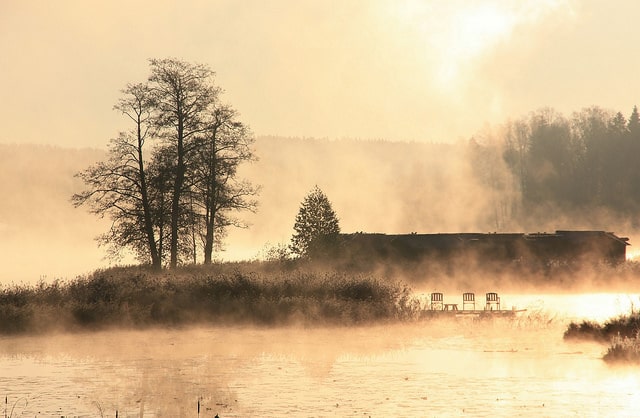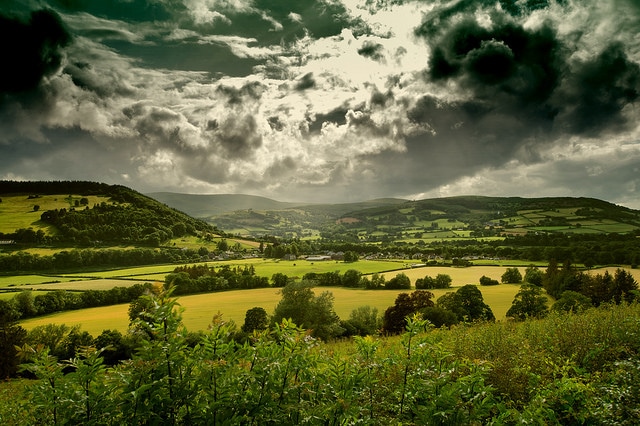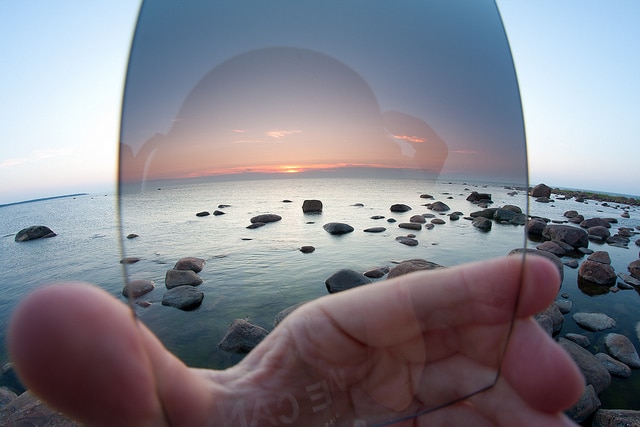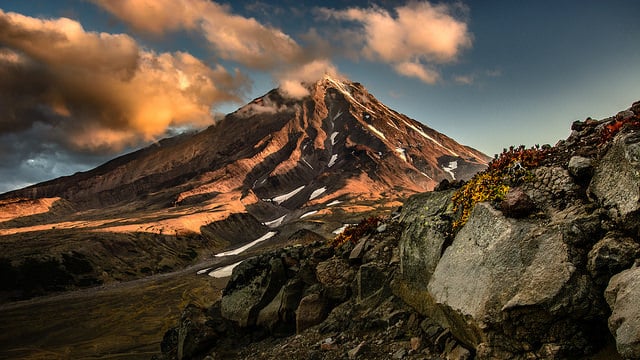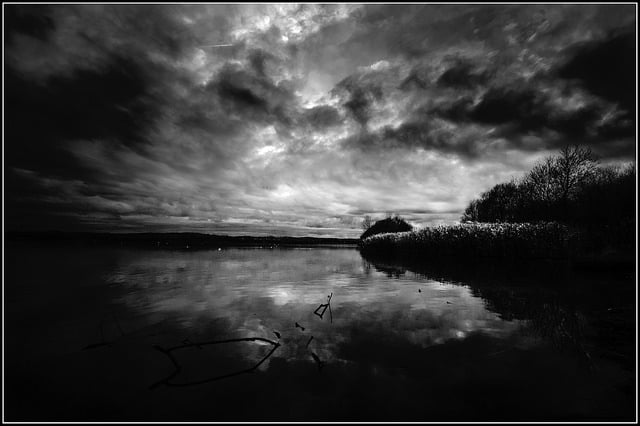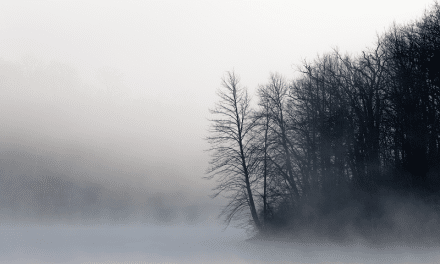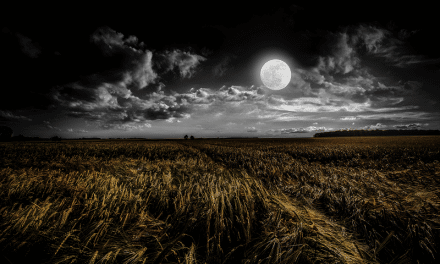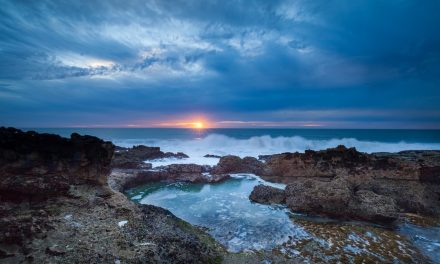One of the best ways to create captivating photos is by looking to create images that capture a mood –ones that not only depict a setting, but also draw you in –and make you feel as though you were there, on location.
When most people think of capturing a mood in photography, more than likely images of dark, brooding storm clouds or dismal, dark days come to mind. But the fact is that a mood can be anything that makes you feel something –from happy and carefree thoughts, to more serious and brooding feelings.
While capturing a mood often comes down to being in the right place at the right time, there’s a lot that you can do to enhance or evoke feelings and emotion in your images. Here are some tips for capturing great atmospheric landscape photos.
Know When to Go
Lighting is one of the most important aspects when it comes to capturing landscape images, since different light and weather conditions can evoke different moods. It’s a good idea to check the sunrise time, as well as the weather forecast ahead of time –it’ll let you know what type of conditions you’ll be working with, and help you to decide whether or not it’s a good idea to get up early! It’s also a good idea to scout out locations in advance. That way, you’ll be able to find a place that has a great vantage point, and know exactly where to go before you head out.
Early Mornings or Evenings
Early mornings or evenings often provide dramatic weather for landscapes. Just after sunrise, and just before sunset is known as golden hour; an excellent time to capture some great mood photography. During golden hour, the angle of the sun’s rays covers everything in a soft, beautiful glow; perfect for capturing stunning photos with a beautiful, ethereal –dreamlike feel. The shadows are softer and longer during golden hour–and can also add to the mood in your compositions.
→ Related reading: Tips for Better Sunset Photography
Misty Mornings
Misty mornings are perfect for capturing atmospheric photos. During clear mornings, the sun’s golden rays streaming through the mist can add an otherworldly quality to your compositions. If you’re in for an overcast day, though, or a storm, the fog will take on a darker tone, and add a mysterious or even spooky quality to your images. Either way can make for great photos though. If you see that you’re in for a misty morning, be sure to head out before the sun comes up. You’ll want to work quickly because fog can burn off quickly as the morning goes on.
→ Related reading: How to Photograph in Mist & Fog
Stormy Weather
Storms are another excellent opportunity for dramatic and moody landscape images. The dark, billowing clouds or wild, dramatic sea can make for spectacular images. The best time to capture storms is usually just before –or right after the storm, when there’s a break in the clouds, and beautiful light streaming through. When composing your shots, keep in mind that often, the strong, bold effect of the dark, brewing clouds can be seen best if the clouds are on the opposite horizon from where the sun is.
→ Related reading: Tips for Photographing Storms
Bring Your Gear
When capturing dramatic, atmospheric shots, one of the first things you’ll want to think about is what gear to bring. A tripod is almost always a good idea –especially if you plan to be working in low light conditions, and using a longer exposure. As with most landscape photography, it’s also a good idea to bring along a graduated neutral density filter, to help you to expose the image properly for both the foreground and sky. You may also want to bring along a remote release, so that you can take the photo without having to touch your camera –preventing potential camera shake. In a pinch though, you could also use your camera’s timer.
→ Related reading: Recommended Gear for Landscape Photography
Look for Shadows
Shadows are an excellent way to capture a mood. Looking to incorporate shadows into your landscapes can help you to create images with depth and dimension. Shadows can be used to add a hint of mystery, or drama to an image. When photographing shadows, you’ll want to use your camera in manual mode to ensure that the shadows come out dark enough.
Consider Black and White Photography
Nothing evokes emotion, a feeling, or mood quite like black and white imagery. With black and whites, the absence of color forces you to think about other compositional elements when creating your images, and can result in powerful and purposeful images. Often, monochrome photos also have a nostalgic or timeless feeling to them. Instead of capturing your images in black and white mode, consider transforming them in post processing for more flexibility over the resulting images.
Opt for a Long Exposure
A long exposure can be a great way to add mood to your images –especially if you’re hoping to capture a feeling of peace or tranquility. While a fast shutter speed freezes the action, allowing you to capture –for example, the dramatic moment that a wave crashes on the shore. But a long exposure gently blurs motion, enabling you to slow the moment, and create an image with soft, streaky clouds, a silky smooth waterfall, or grass rippling in the wind. For your long exposure to be especially effective, you’ll want to include some stationary objects –such as rocks, a fence, or a boat –to contrast the blur with.
→ Related reading: Guide to Long Exposure Landscape Photography
Great photography involves thinking carefully about what you want people to see –and more than that, what you want them to feel when they look at your images. Look for ways to capture the mood, and have fun creating bold, dynamic, and powerful images –ones that speak directly to your audience.
We’d love to hear your thoughts! Do you try to convey a mood in your landscape photography? How do you capture the mood when creating your images?
Photos used for this article are licensed as Creative Commons BY 2.0


